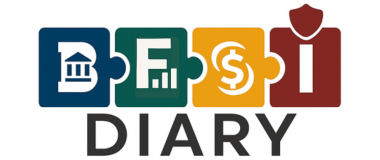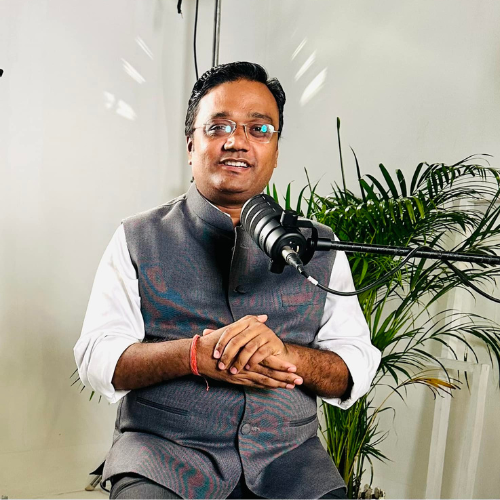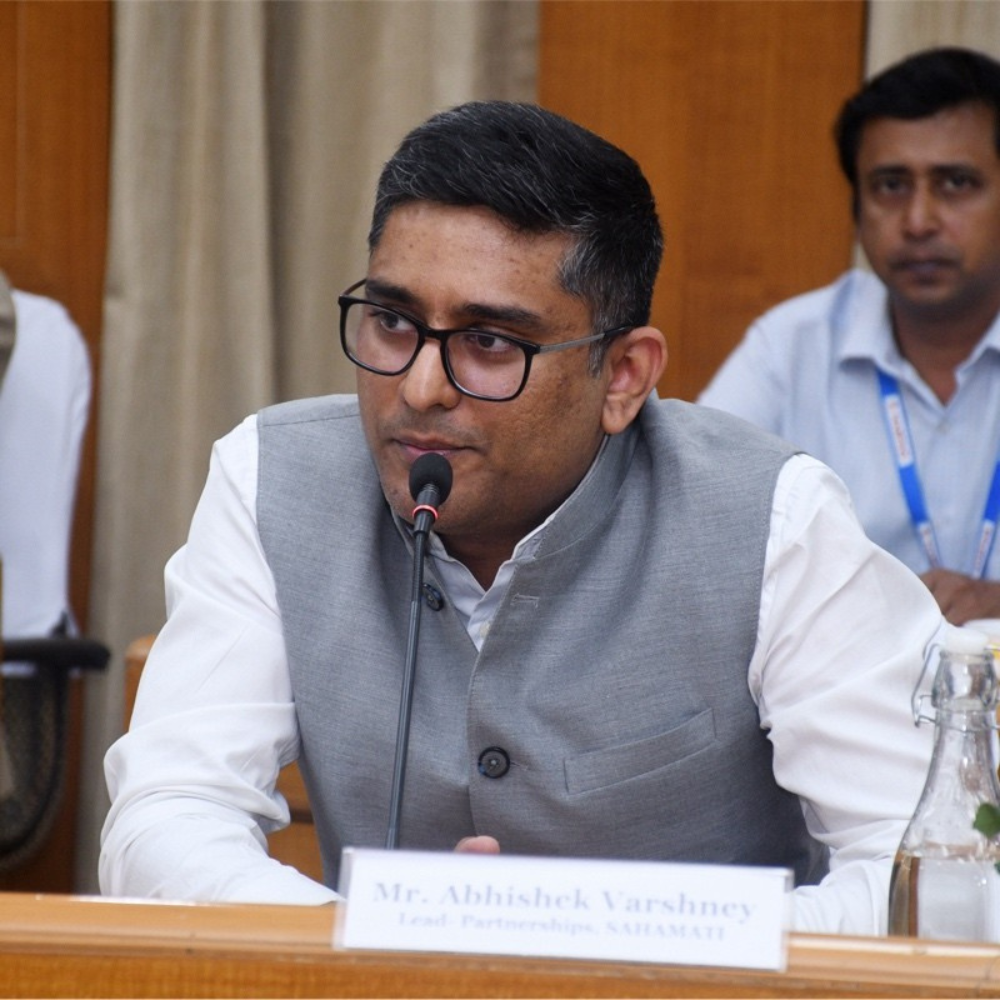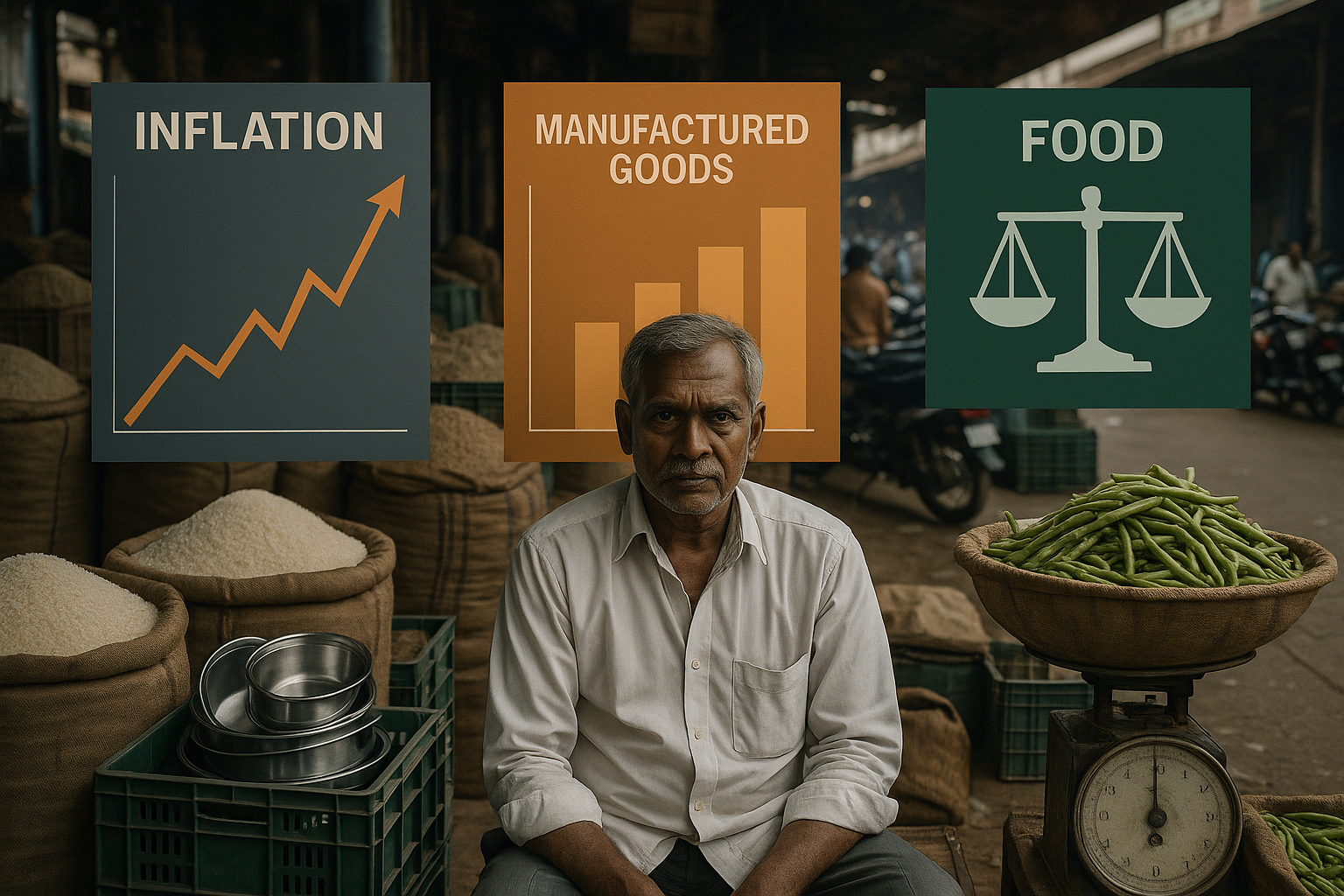India’s insurance industry is undergoing a rapid transformation powered by InsurTech—a new wave of startups and digital-first insurers that are reshaping how policies are sold, serviced, and settled. From usage-based premiums and AI-driven underwriting to instant digital issuance, InsurTech is creating a more accessible, transparent, and personalized insurance experience. As customer expectations rise and competition intensifies, traditional insurers and InsurTechs alike are racing to digitize the insurance value chain.
Background and Context
Historically, the Indian insurance sector has been slow to digitize, plagued by legacy systems, paperwork, agent dependency, and poor claim settlement experiences. However, recent regulatory liberalization by IRDAI, a surge in digital literacy, and fintech-led innovations have changed the landscape.
India’s life insurance penetration remains below 4%, and non-life below 1%, signaling massive untapped potential. The government’s flagship schemes like PM-JAY and PMFBY, combined with demand for health, motor, and micro-insurance post-pandemic, have accelerated digital adoption.
A Bain & Co. report (2025) estimates that India’s InsurTech market will grow to $35 billion by 2030, driven by millennials and Gen Z seeking digital-first experiences.
InsurTech Innovations Transforming the Industry
1. Usage-Based Insurance (UBI)
Pay-as-you-drive and pay-how-you-drive models now offered for motor policies using GPS and telematics.
Health insurers are adopting activity-based premiums, integrating data from fitness trackers and health apps.
2. Instant Policy Issuance & Claims
Platforms like Acko, Digit, and RenewBuy enable policy issuance in under 2 minutes.
AI-powered claim engines allow motor or health claims to be processed within hours, not weeks.
3. Embedded Insurance
Insurance offered within ecommerce, travel, or device purchases. Example: Flipkart offering smartphone protection or IRCTC offering trip insurance during ticket booking.
API integrations via InsurTech platforms allow seamless embedded policies.
4. Parametric Insurance
Piloted in agriculture and travel sectors—policies auto-trigger payouts based on external conditions (e.g., rainfall data, flight delay APIs) without human intervention.
5. Micro and Sachet Insurance
Bite-sized, affordable covers (e.g., dengue insurance for ₹49/month or ₹1 lakh accident cover for ₹10) targeting underserved groups via mobile-first distribution.
Key Players in India’s InsurTech Ecosystem
Digital-First Insurers:
Acko General Insurance – Usage-based car insurance, health plans with wellness integration.
Go Digit Insurance – Simplified mobile claim processes, modular policy design.
Zuno (formerly Edelweiss Tokio) – Digital life insurance with instant onboarding.
Tech-Driven Aggregators:
Policybazaar, Coverfox, Turtlemint – Offering comparison, documentation, and instant digital policy issuance.
InsurTech Enablers:
Toffee Insurance, Riskcovry, Bimaplan, RenewBuy – Providing B2B2C API rails for embedded and sachet products.
“We’re using machine learning to price motor premiums dynamically based on driver behavior and real-time risk,” said a lead data scientist at Acko.
IRDAI’s Digital Push
The Insurance Regulatory and Development Authority of India (IRDAI) has played a catalytic role:
Launched ‘Bima Sugam’ – a unified digital public infrastructure for policy distribution, servicing, and claims.
Allowed sandbox testing of innovations like blockchain in reinsurance, parametric insurance, and AI underwriting.
Approved Video-KYC and e-signatures to streamline onboarding.
“Our vision is to make insurance accessible, affordable, and inclusive—technology is central to that mission,” said an IRDAI official.
Social Media Reactions from Industry Leaders
@InsurTechIndia
“From 30-day claims to 3 clicks. InsurTech is compressing time and expanding reach. Welcome to the age of real-time risk cover. #InsurTech #DigitalInsurance”
@BimaWatchdog
“Usage-based premiums are here. Drive safe, save money. Fitness tracking = lower health premiums. Personalized insurance is now real. #PayAsYouDrive #InsurTechIndia”
@IRDAIOfficial
“Bima Sugam will be India’s UPI moment for insurance. Insurers, agents, and tech platforms—get ready for seamless, transparent distribution. #InsuranceReforms”
Challenges and Regulatory Concerns
Mis-selling and Fine Print: Instant policies often skip deep engagement; customers may not fully understand exclusions.
Tech Dependence: Heavy reliance on mobile apps could alienate older or digitally excluded populations.
Claims Fraud: Automated systems may be gamed without robust AI fraud detection models.
Data Privacy and Pricing Ethics: Use of personal health and driving data raises privacy and consent concerns under DPDP Act, 2023.
Future Outlook
Open Insurance: Inspired by Open Banking, insurers will soon share customer data securely via APIs for better product personalization.
AI Claims Bots and Voice Assistants: Conversational AI will handle servicing, renewals, and claim tracking in local languages.
Bima Sugam Rollout: Expected to onboard all insurers by FY26, creating a unified policy marketplace.
IoT + Insurance: Smart home and health IoT will power real-time risk assessment and dynamic premium updates.
Conclusion
InsurTech is not just a digital overlay—it is reengineering how insurance is manufactured, distributed, and experienced. From instant issuance and usage-based pricing to embedded policies, India’s insurance sector is finally moving from agent-led to API-led. As regulation enables innovation and digital natives seek frictionless coverage, InsurTech will shape the future of protection in a dynamic and high-risk world.












